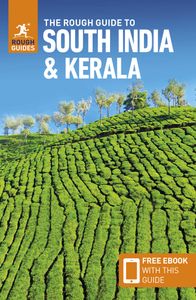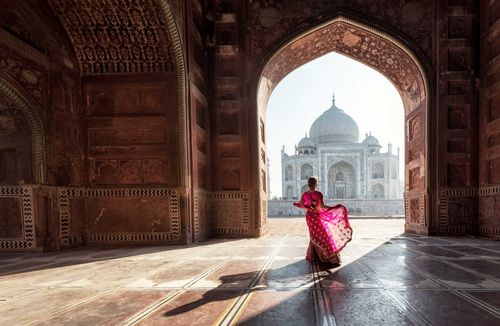#3 Go red panda spotting at the Himalayan Zoological Park
Visitors come to the 506-acre Himalayan Zoological Park in the hope of catching a glimpse of the red pandas (which are especially easy to spot). Snow leopards, bears and Tibetan wolves also roam the extensive open-air enclosures.
#4 Find some solitude at The Ridge
The quiet leafy promenade of the Ridge is a popular spot, with the Flower Show Complex and a small park at the northern end, and at the southern end, the Royal Palace. The Secretariat, south of the compound, was devastated by the 2011 earthquake and, at the time of writing, was still being rebuilt.
#5 Head to Tsuklakhang to watch a lama dance
Despite Tsuklakhang, the chapel in the Royal Palace, currently being out of bounds, a lama dance, known as kagyat, usually takes place here at the end of December. During this time the main gates are open to the public (though some years it’s in Pemayangtse).
Across the lawns lies the Royal Palace, used by the chogyals (Sikkim’s former rulers) until 1975. Following the state’s annexation by India, the palace lies mostly abandoned, a prisoner of circumstance.
#6 Flick through the Institute of Tibetology’s collection rare manuscripts
South of Gangtok at Deorali, the lower part of town, set in wooded grounds, is the museum-cum-library of the Institute of Tibetology. Inside is an impressive and invaluable collection of books and rare manuscripts, as well as religious artefacts such as exquisite thangkas (scrolls) and a photography archive. You can also get here from the upper town via the ropeway cable car.
#7 Climb the thirteen steps to nirvana at Do-Drul Chorten
Within the same complex as the Institute of Tibetology, an imposing whitewashed chorten, known as the Do-Drul Chorten – one of the most important in Sikkim – dominates a large, lively monastic seminary on the brow of a hill.
The chorten is capped by a gilded tower, whose rising steps signify the thirteen steps to nirvana. The sun and moon symbol at the top stands for the union of opposites and the elements of ether and air, surrounded by 108 prayer wheels.
Behind the monastic complex, a prayer hall houses a large image of Guru Rinpoche (Padmasambhava) who brought Buddhism to Tibet at the request of King Trisong Detsen in the eighth century AD. He later travelled through Sikkim hiding precious manuscripts (termas) in caves, for discovery at a future date by tertons. Curiously, part of the head of the image projects into the ceiling; belief has it that the image is slowly growing.


_listing_1448379939234.jpeg)
























